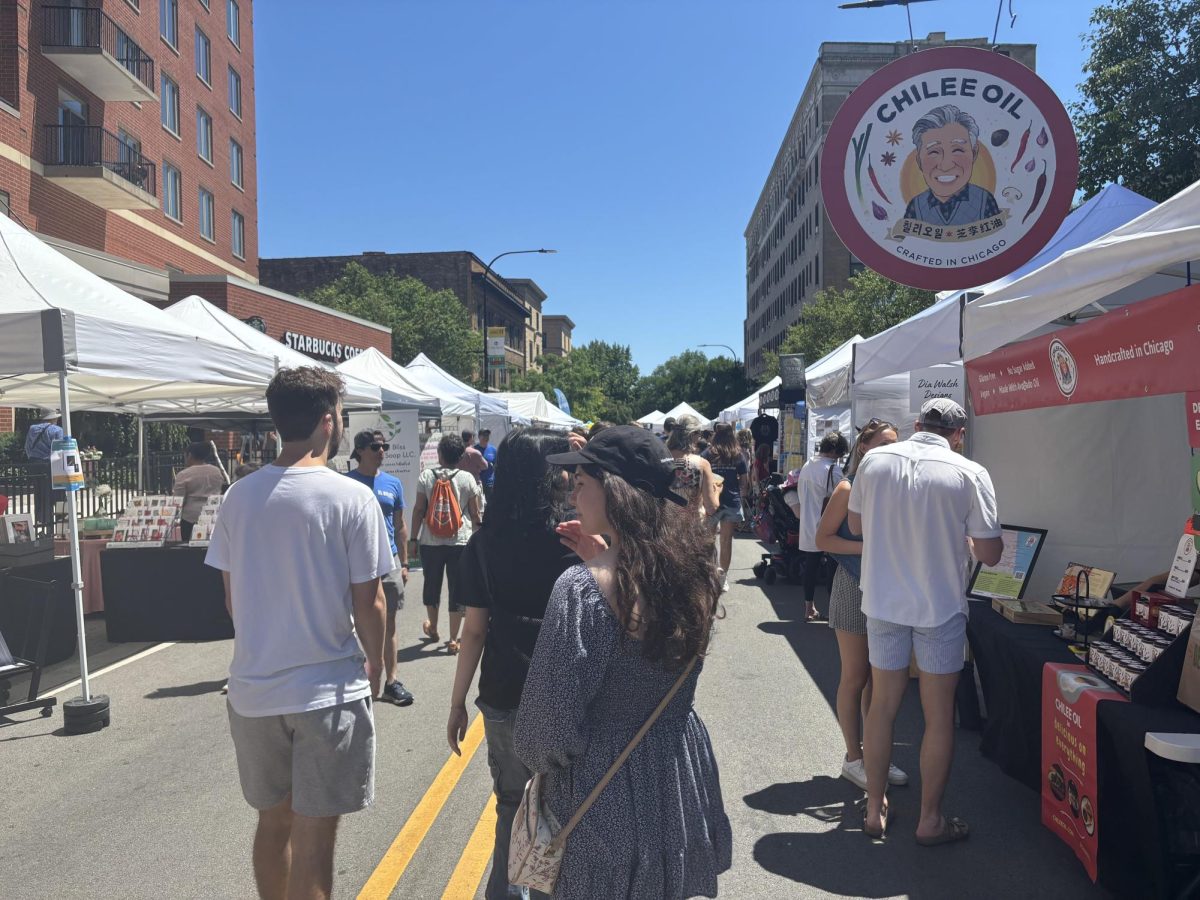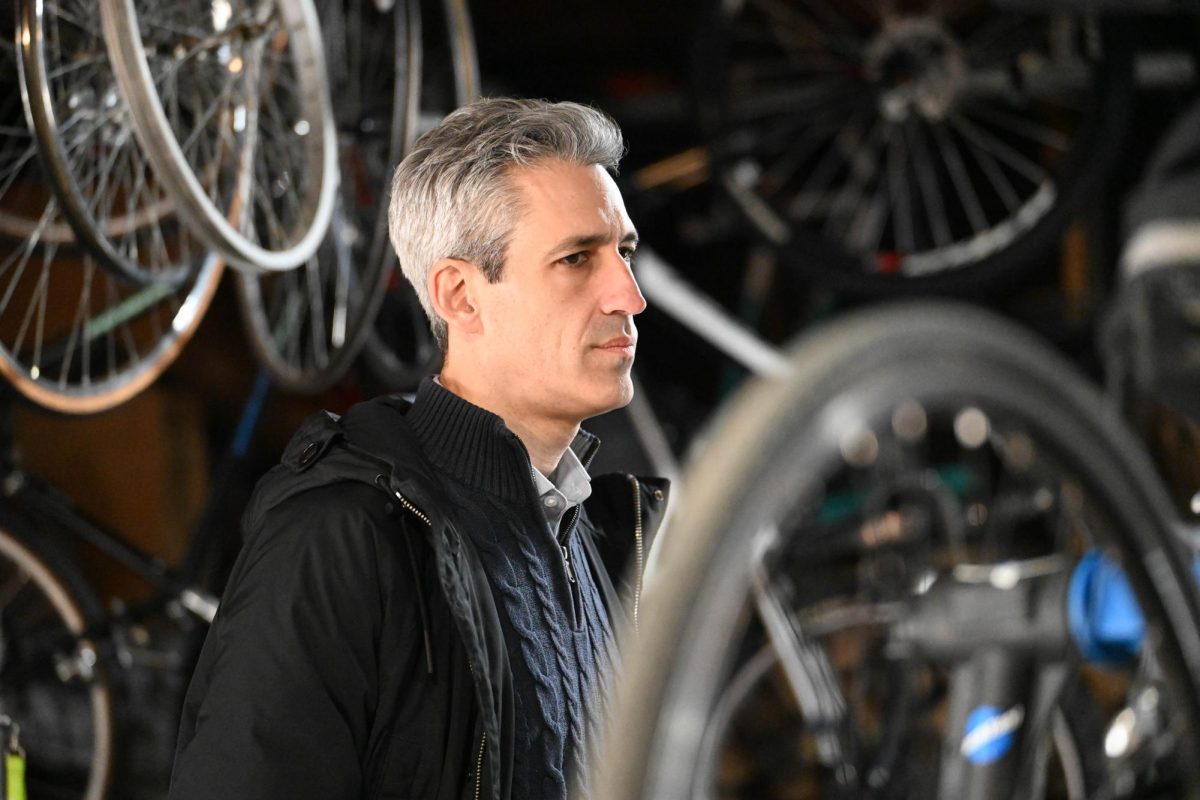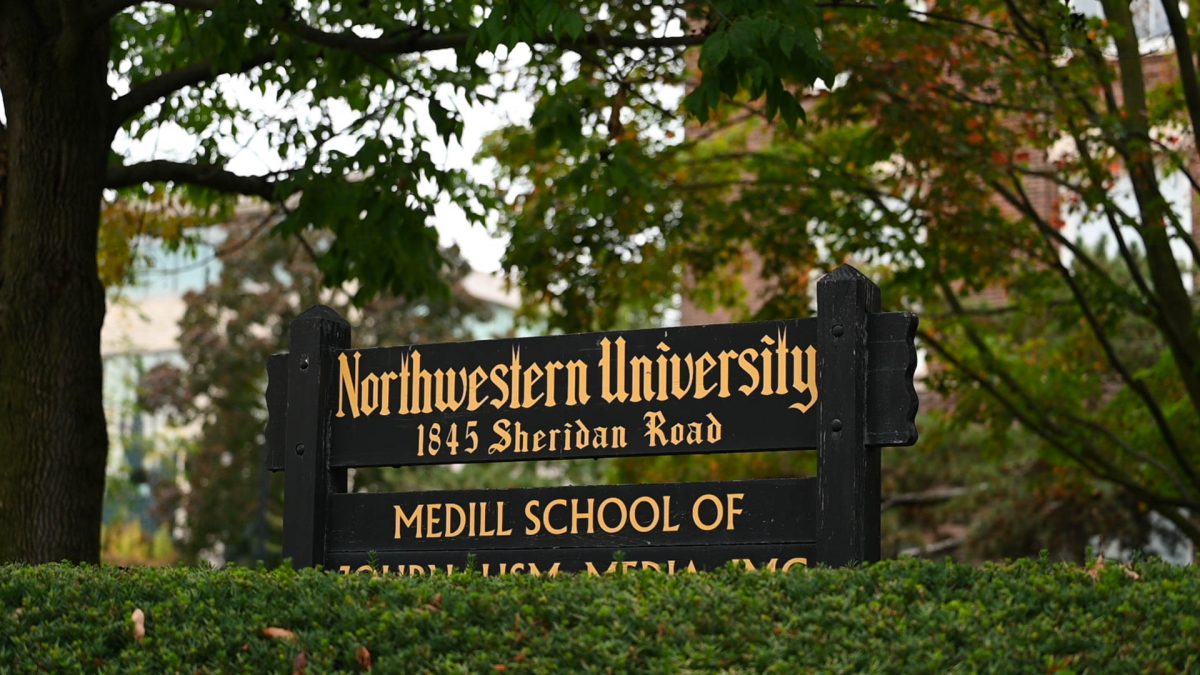Consensus, disputes and calls for more data all featured in City Council’s special Tuesday night meeting to discuss the Envision Evanston 2045 comprehensive plan, which finally made its way to the council docket after more than a year of community input and political debate on the city’s 20-year plan.
The Council surveyed the Land Use Commission’s recommended draft of the plan, which featured unanswered questions on policy ranging from economic development to neighborhood design. Almost all councilmembers, except Ald. Tom Suffredin (6th), participated in the discussions in person or via Zoom.
The most contested section of the plan during the night’s two-hour public comment and on the dais was its housing chapter, which Ald. Jonathan Nieuwsma (4th) said has “probably 90% of the drama” associated with it.
The original version of the chapter, drafted by city staff, called for “allowing” a diverse range of housing types in “all neighborhoods” and higher-density housing options in city centers. The LUC then replaced it with the statement to “preserve and increase Evanston’s diverse housing choices,” much to the ire of residents and councilmembers.
The statement, decried as contradictory by LUC members and residents, is also too “vague” to guide the council in future zoning decisions, according to Nieuwsma.
When faced with the word “preservation” in the chapter’s context, Ald. Bobby Burns (5th) said he prioritized the preservation of naturally occurring affordable housing. He pointed to his experience partnering with faith communities and nonprofits to build affordable housing and renegotiating expiring affordability restrictions as good avenues to permanently ensure affordable housing.
“The reason why a lot of people are still able to live in this community, especially in the 5th Ward, is because there are units in the community that have restrictions on them,” Burns said. “But the ones that are privately held, not by nonprofits, could flip to market rate if we don’t figure out a way to preserve them.”
Multiple councilmembers agreed with Burns and endorsed the idea of explicitly including anti-displacement policies in the comprehensive plan. Although anti-displacement is mentioned in the document, Nieuwsma said “there’s not a lot of meat on that bone” to address the issue through the plan.
Ald. Matt Rodgers, (8th) who had served as LUC chair prior to his election to City Council, diverged on the original draft’s statement to allow diverse, multi-unit housing types “in all neighborhoods” and instead advocated for more tailored approaches to adding density to neighborhoods.
“I don’t think anything can be a 100% across-the-board sort of thing; I think we need to be very prescriptive,” Rodgers said. “When I see language here, I want to see something that guides that by saying, ‘where it makes sense, where it’s applicable.’”
While a coalition of councilmembers advocated for explicit language to increase the housing supply or increase affordable housing, including Alds. Shawn Iles (3rd), Parielle Davis (7th) and Juan Geracaris (9th) — it was not a universal stance.
Ald. Clare Kelly (1st) was staunchly opposed to increasing housing supply in her ward, saying that increasing density downtown and near Northwestern University would only increase housing prices, especially for units marketed as student housing.
Looming over the housing debate were questions about Evanston’s strategic housing plan, which is still in progress, and its potential role in informing the comprehensive plan’s housing chapter.
Davis spearheaded the charge to include data from the strategic housing plan in the comprehensive plan. Burns soon followed and suggested delaying or amending the comprehensive plan to include data from the strategic housing plan later in the summer.
“We still don’t know how many units we need,” Davis said. “It makes it hard for people to really get on board when we’re talking about what types of zoning changes we would make.”
Kelly agreed, saying it was “absurd” to be having conversations about adding density without having the plan to back them up. She added that the council owes residents an apology for having “got off on the wrong foot.”
While housing needs comprised the bulk of Tuesday night’s discussions, councilmembers reached consensus on a variety of issues, including the re-addition of projected population estimates to the draft and the incorporation of a map identifying centers and corridors near existing transit hubs for future development.
Other policy questions, including the provision of pocket-sized essential retail spaces for different neighborhoods, received more mixed responses but secured an overall commitment for further consideration. Council also requested more specific data from city staff to further deliberate other outlying issues, like the removal or minimization of parking minimums.
After about two hours apiece of public comment and council discussion, the special meeting ended at 11:11 p.m., a fact Mayor Daniel Biss highlighted with a laugh.
As for next steps, the councilmembers have until next Thursday, July 3, to submit more descriptive, individualized feedback on the plan to city staff.
Subsequent discussions on the comprehensive plan will resume at the City Council meeting on July 21.
Email: [email protected]
Related Stories:
— HCDC evaluates ‘muddy’ Envision Evanston, Zolomij continues as Vice-Chair
— Land Use Commission recommends adoption of Envision Evanston 2045 comprehensive plan
— New councilmembers reflect on Envision Evanston as zoning legislation emerges in Springfield


















